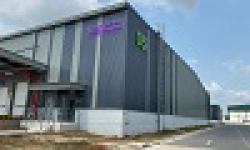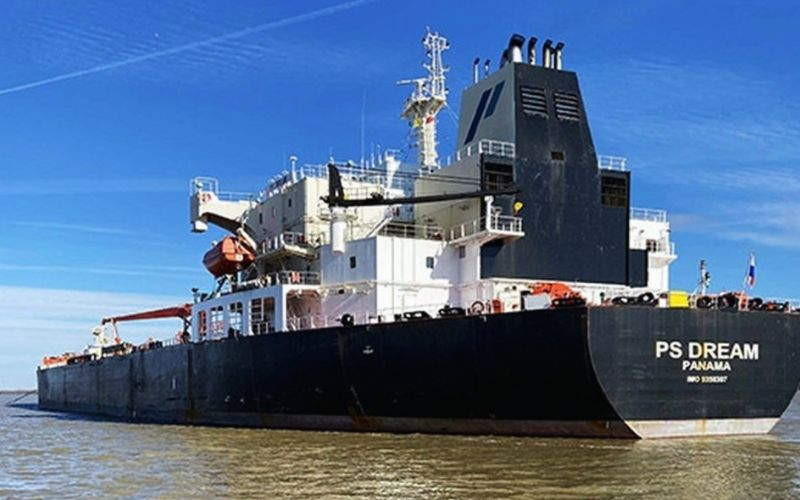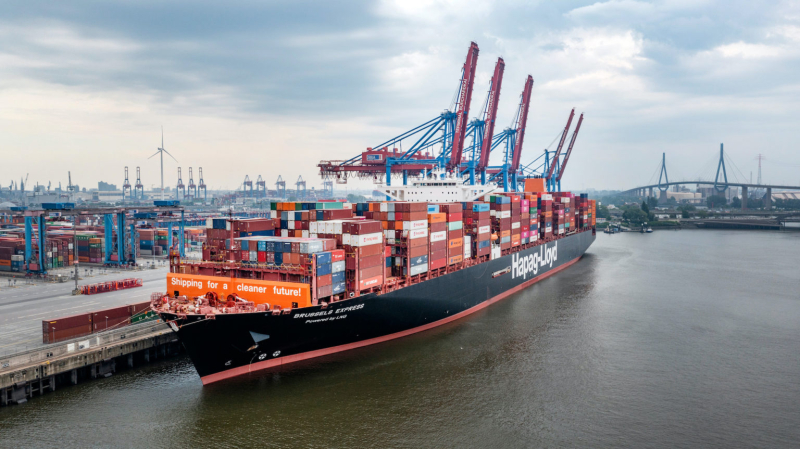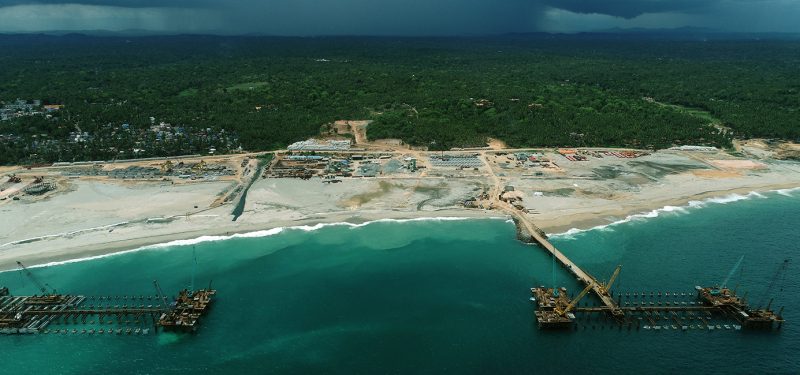Business owners after a cost effective storage space that can hold goods and accommodate container movement will likely be looking at a warehouse. Unfortunately, renting a warehouse isn’t as straightforward as finding a suitable industrial space and signing on the dotted line.
Manufacturers will need to consider a whole range of factors, including the amount of square footage they need, where the warehouse is located, how much operating expenses will be, and how well it serves their business needs — is the space simply to hold safety stock or will it function as a fulfillment center?
Warehousing costs vary enormously and are heavily impacted by external factors such as supply and demand and evolving business needs.
For example, in recent years e-commerce companies have chosen to establish smaller fulfillment centers in order to quickly reach customers in population-dense cities. As such, the demand for smaller warehouse space has rocketed to the point that the rental rates for buildings under 120,000 square feet have risen twice as much compared to larger warehouses.
Where the Warehouse Industry Currently Stands
 Image Credit: Shutterstock/NassornSnitwong
Image Credit: Shutterstock/NassornSnitwong
A recent CBRE report revealed that price for rent per square foot of U.S. warehousing has risen by 4.8% to $7.86 over 12 months but, due to the coronavirus pandemic, the warehouse sector has taken a hit.
On top of all of these considerations, the process of renting a warehouse is further complicated by landlords and brokers who often use confusing acronyms instead of simpler language to communicate their pricing options and what goes into warehouse costs and operating expenses—including property taxes, insurance, and more.
To figure out the total cost of renting a warehouse, this article breaks down annual and monthly rental rates, operating costs, terms such as triple net lease, and what to account for when speaking with a landlord.
Factors That Affect Warehouse Rental Costs
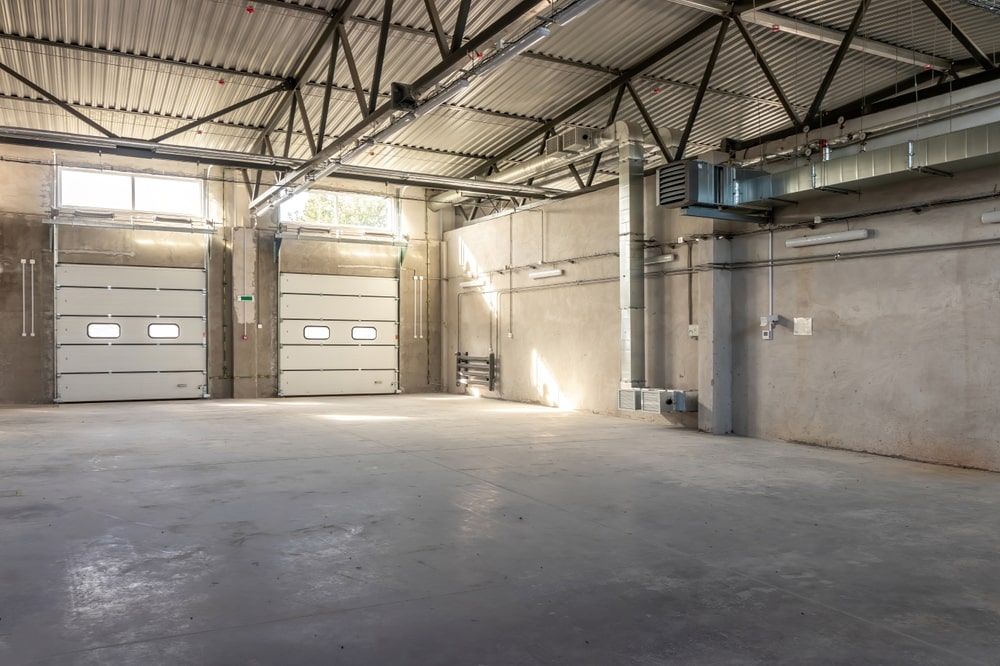 Image Credit: Shutterstock/Deek
Image Credit: Shutterstock/Deek
Renting warehouse space can be expensive and warehouse pricing can be broken down in several different manners. Most warehouses use three main criteria to calculate warehouse rental costs. They are:
1. The floor area
This is measured in square footage and refers to the size of the warehouse an organization is looking to lease.
2. The base rental rate
The base rental rate or base rate is the minimum annual or monthly rent cost excluding other warehouse or operating costs. Usually given in $ per square foot, e.g. $0.95 per square foot, monthly, or $11.40 per square foot, yearly.
3. Estimated operating expenses (NNN or CAM)
Often quoted per square foot, e.g. $0.35 per square foot monthly, or $4.20 per square foot annually. These operating expenses include the triple net lease and common area maintenance, which involve property taxes and other fees.
Breaking Down Estimated Operating Expenses and Meanings
 Image Credit: Shutterstock/mrmohock
Image Credit: Shutterstock/mrmohock
Now, let’s break down some of these confusing acronyms that will appear when it comes to looking at estimated operating expenses and what will be shown on a lease for a warehouse space.
NNN stands for Net Net Net, which is otherwise known as a triple net lease. This refers to the taxes, property, insurance, and other maintenance charges a commercial tenant must pay in addition to their base rent. A triple net lease is usually quoted on a per square foot basis.
CAM stands for common area maintenance and is the maintenance costs passed on by a landlord to the tenant. This includes any costs related to the management and maintenance of the commercial property.
In most cases, landlords of warehouse and industrial spaces will require their tenants to pay their base rate plus NNN or CAM. In addition to operating expenses, tenants must also pay the electricity bill for the warehouse, which is generally around $2 per square foot, per year.
How Much Does a Warehouse Cost in the U.S.?
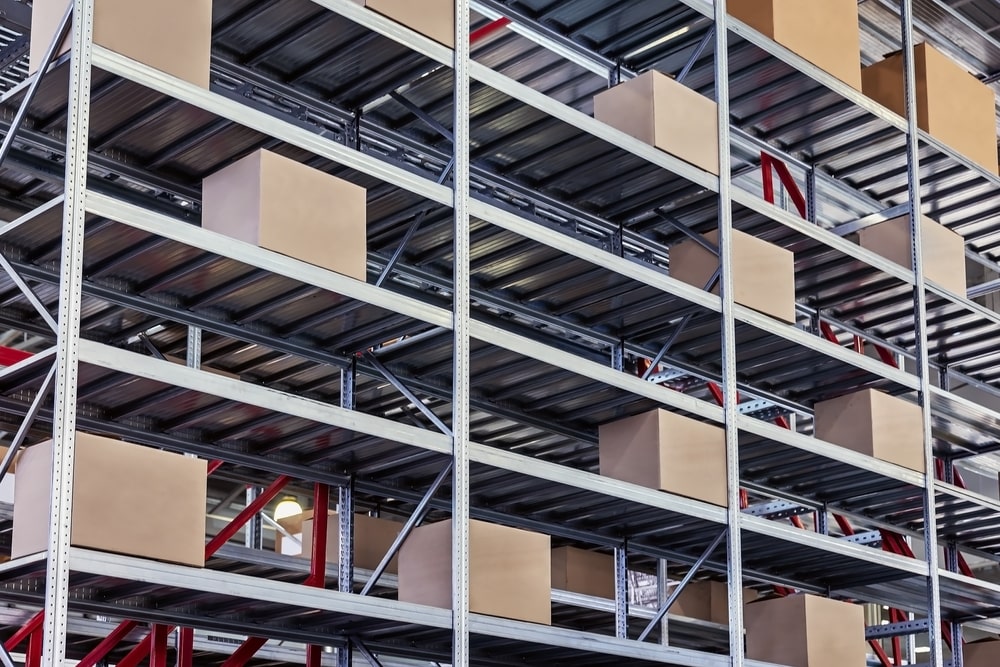 Image Credit: Shutterstock/OlegDoroshin
Image Credit: Shutterstock/OlegDoroshin
As mentioned, the total asking lease rate and annual or monthly rent of a warehouse depends on a variety of factors and often goes on a square foot basis.
In terms of averages across the U.S., warehouse base rent averages leveled out around $8.84 per square foot, according to a report from 2023, and it only seems to be getting more expensive.
The most expensive base rent options were found in states like California. More cost effective options can be found in other areas, and it of course depends on whether or not renters are seeking out small or large warehouses.
A Warehouse Rental Cost (USA) Example
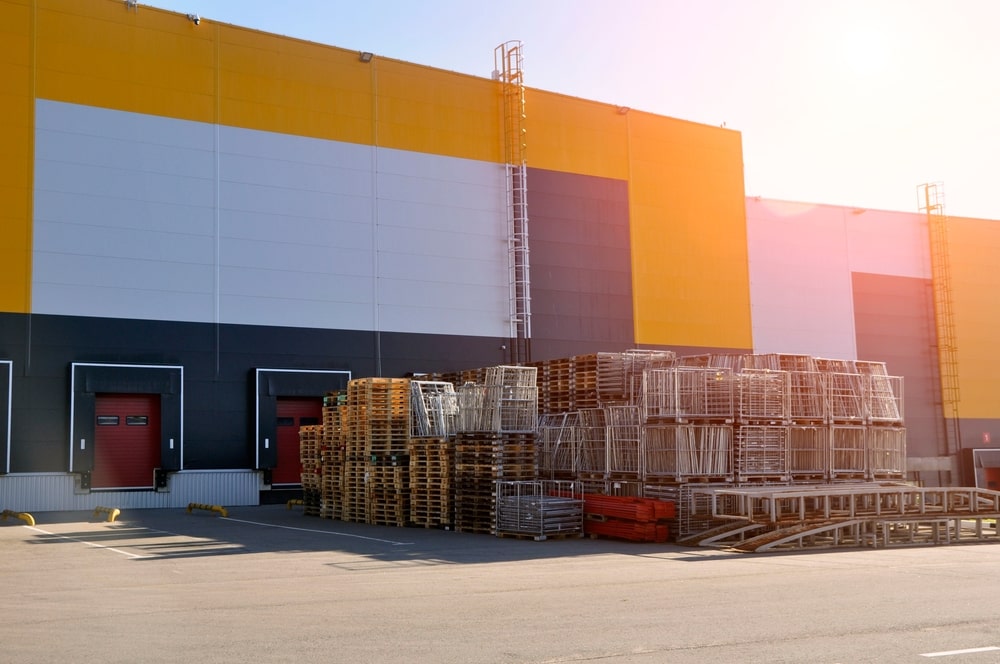 Image Credit: Shutterstock/AliaksaB
Image Credit: Shutterstock/AliaksaB
With monthly rental rates, maintenance costs, and other business expenses, warehousing costs can be tricky to calculate. The following examples are based on a warehouse with a surface area of 4,000 square feet and can serve as a starting point of what to look at when determining your own lease rate and operating costs. It is broken down between monthly cost and annual cost.
Using monthly rental rates:
Base monthly rate quoted by landlord = $0.82 square foot per month
Estimated operating cost = $0.27 square foot per month
Electricity cost = $2.40 per year, Monthly electricity cost = 2.4 / 12 = $0.2 square foot per month
Total asking lease rate = 0.82 + 0.27 + 0.2 = $1.29 square foot per month
Total monthly rent = 4000 x 1.09 = $5,160
Using a yearly or annual rate:
Base rental rate quoted by landlord = $9.84 square foot per year
Estimated operating cost = $3.24 square foot per year
Electricity cost = $2.40 per year
Total asking lease rate = 9.84 + 3.24 + 2.4 = $15.48 square foot per year
Total yearly rent = 4000 x 15.48 = $61,920
Total monthly rent = 61,920 / 12 = $5,160
A larger warehouse of course will likely cost more than a small warehouse, and depending on location, the pricing structure and average costs will vary. A warehouse in San Francisco, for instance, will come at a higher cost than a warehouse in Oklahoma City.
Questions You Should Ask the Warehouse Space Landlord or Broker
 Image Credit: Shutterstock/Dusan Petkovic
Image Credit: Shutterstock/Dusan Petkovic
The above example demonstrates how to estimate the basic cost of renting a warehouse. Several additional factors could impact the final cost. Before signing the dotted line for an industrial space for your goods, you’ll want to ask several questions. Depending on the answers given and your own calculations of operating expenses, you’ll have a better idea of the cost that comes attached to renting a warehouse in this area and of this size.
Questions about the lease, base rental rate, and warehouse costs
1. What are the monthly vs. annual terms? Are warehouse rental costs cheaper with monthly rent or annual?
2. Do I only pay for the actual square footage of the space used for operations, excluding common areas, etc.?
Questions about operating expenses and maintenance
3. Who organizes and pays for maintenance expenses incurred? — This could include MEP systems, computer networks, fire detection, and sprinkler systems, etc.
4. Who organizes and pays for structural or system repairs?
5. Who is responsible for replacing broken equipment that is built into the warehouse? — This could include, for example, HVAC maintenance, lighting, and door operation.
Questions about running a warehouse or the commercial property
6. Do I need to install signage in the warehouse for safety and how much does it cost? This could include, for example, fire exit signs.
7. Would the landlord be open to paying for improvements that the tenants make to the warehouse?
8. What features and fixtures are included in the warehouse? Is there a loading dock, built-in shelving, room that can accommodate container movement, or separate areas for stock vs. storing customer orders?
Consider Future Repairs, Mishaps, and Maintenance
Organizations will need to factor in any additional issues that arise from the questions above into their estimated operating expenses, such as the price of replacing HVAC units every five years. Once these queries have been addressed, tenants will be in a better position to negotiate with the landlord and agree on a fair rental budget for their intended warehouse space and get a good idea of overall warehouse costs.
Cutting Down Warehouse Costs
 Image Credit: Shutterstock/AUUSanAKUL
Image Credit: Shutterstock/AUUSanAKUL
Renting warehouse space can be an overwhelming expense on your P&L. The cost of rent alone can be mind blogging, and that doesn’t even include the pending maintenance costs, property taxes, and repair costs that will crop up. Still, having your own warehouse is essential for storing and fulfilling goods safely and efficiently. To make this storage space possible, here are some ways to cut costs.
Negotiate Prices
Most landlords are open to discussing the base rent. What interested renters are typically quoted is never normally the last possible offer a landlord will accept. While companies may be enticed to rent monthly, annual rates are often where discounts can arise. Even if a business can’t lower the base rental rate of the warehouse, break clauses, discounts on other bills, and common area maintenance costs may be negotiable before you sign the dotted line.
Utilize Space Wisely
Make the most of the horizontal and vertical space available by finding different ways of storing products. Can boxes be stored flattened? Is packaging being positioned or stored in the most effective manner? Is it possible to get palletized products rather than unpackaged goods?
Identifying ways to effectively store goods can be the difference between paying for smaller industrial spaces and large warehouses. You’ll also be in a better position to organize and protect your goods.
Review Multiple Warehouse Locations
Renting a warehouse in a popular hub where an entire space is hard to come by will be far more expensive than a storage space on the outskirts of a town. If it’s possible to be flexible with location, the lease price will almost certainly come down.
There is often less competition and demand for renting a warehouse in these areas, too, which makes it easier to negotiate prices. Think about size, too. Many commercial property leases charge per square foot, so if you’re seeking out a giant warehouse with the hopes of expanding, start small first.
Cut Out Extras
Perhaps a loading dock isn’t a necessity for the business or only one portion of the space like the fulfillment center requires temperature control. See if there are areas like this where the company can be more cost effective when it comes to operating expenses.
Expenses incurred for heating is a good place to look as well. Maybe there are more efficient ways of heating the warehouse space or better insulation methods that’ll help lower the monthly cost of the electricity bill and other utilities.
Don’t Settle for Mediocre Warehouse Facilities
Warehouse rental costs are high enough as is, so when seeking out commercial property, don’t settle. If a storage space you’re interested in doesn’t have enough vertical space or square footage, doesn’t contain the right storage or dimensions, or doesn’t have the right equipment, don’t let the pressure to find a warehouse make you cave and choose a space that won’t work.
Source:thomasne




